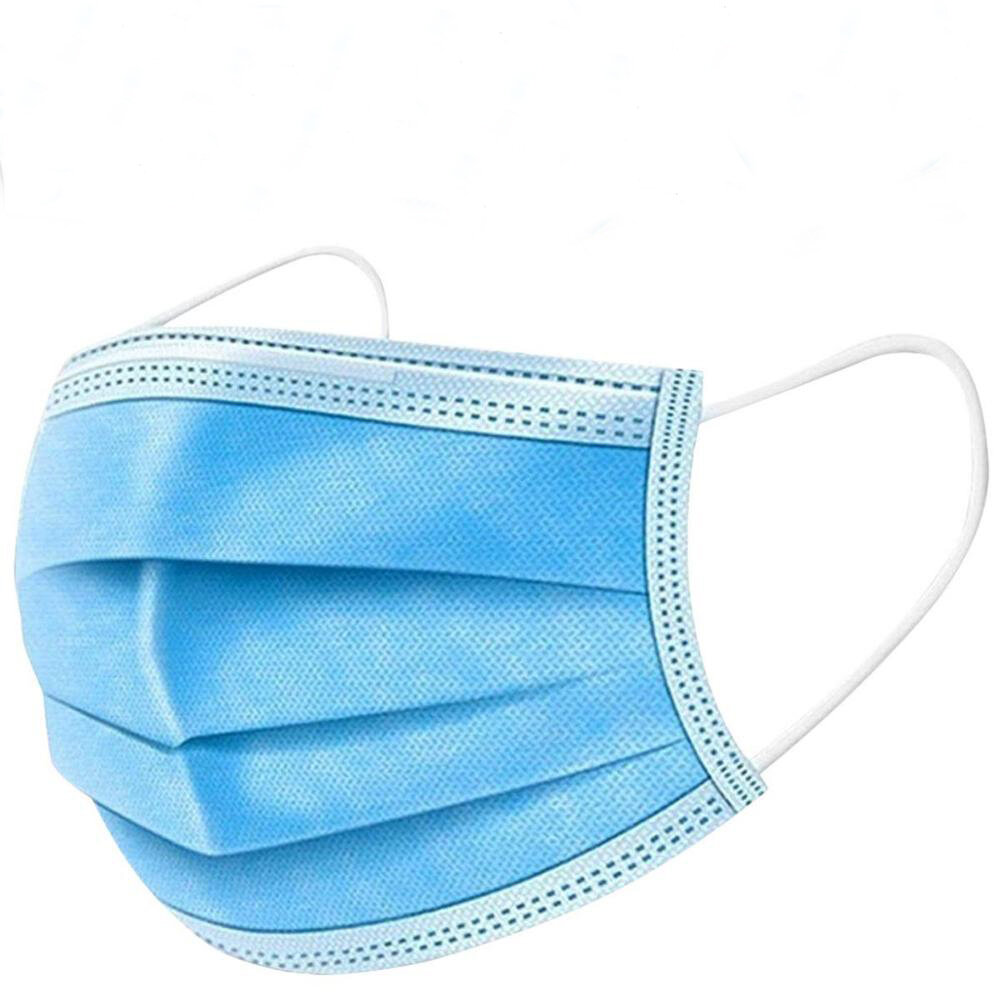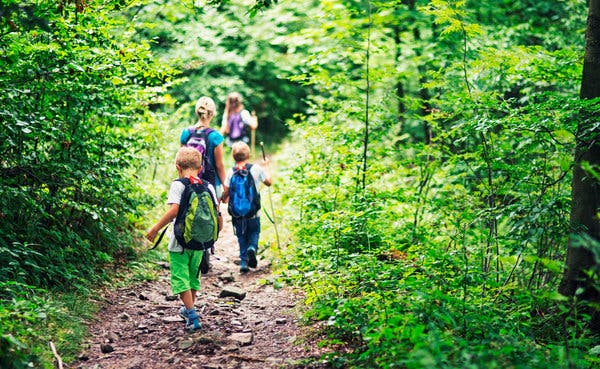It’s not that we want to talk about the coronavirus all the time. It’s that, like Donald Trump, it invades our conversations whether we like it or not. So the best we can do is try to have something new to say about it. Here’s my attempt to provide a list of five such things. My criteria were that each had to be worthy of the introduction “Did you know…” and there had to be unpleasant research involved. Maybe they could be fodder for a dinner party, if such a thing still existed.

1) Singing looks like a big danger.
Most people have come across the terrifying Los Angeles Times article by Richard Read describing how 45 members of a 121-person choir in Washington State got infected (and two died) after gathering for a night of practice. But that story isn’t unique. Enclosed spaces in which people raise their voices together have time and again proven to be the sites of major outbreaks. In Daegu, South Korea, members of the Shincheonji Church of Jesus crowd together, embrace, and shout “Amen” throughout an hours-long service, and one person is believed to have infected hundreds of others that way. A funeral in Albany, Georgia, at which people embraced and “belted out hymns,” according to Ellen Barry in the New York Times, infected dozens. Hundreds of cases are believed to have emanated from an après-ski restaurant and bar in Ischgl, a resort town in Austria. You can see a video of the carousing at the alleged establishment, where there’s nothing but close quarters boisterousness and singing.
Why is singing significant? One 2019 study published in Nature’s Scientific Reports found that “the rate of particle emission during normal human speech is positively correlated with the loudness (amplitude) of vocalization.” It also found that “a small fraction of individuals behaves as ‘speech superemitters,’ consistently releasing an order of magnitude more particles than their peers.” In its review of the literature, it also offered wild (at least to this author) facts like this: Saying “aah” for 30 seconds releases more micron-scale particles than does 30 seconds of coughing. That may be why weddings and funerals and birthday parties and church services of all sorts have been central to outbreak anecdotes. As for drinking establishments, a quiet pub with a bit of space between customers probably isn’t going to see a lot of people infected at once. But a rowdy spot in the Alps? A lot of infections. Shared vocalization is a magical thing in normal times, but these are coronavirus times. Even a cough-along is looking safer than a sing-along.
(2) Children aren’t significant spreaders.
When it comes to influenza, children pass it along to all and sundry. This does not seem to be true of coronaviruses. Severe acute respiratory syndrome, or SARS, was a coronavirus that, like this one, afflicted adults more than children, and no child died of it. In a Hong Kong study from 2003, researchers found no case of children spreading SARS to one another or to adults, even in a school setting. Now, to be sure, the authors of the study aver that “such potential cannot be ruled out,” and it should be added that Hong Kong children were as a rule wearing masks during SARS. But it suggests children played at most a marginal role in the epidemic.

An Australian preprint by over a dozen authors from academic institutions in Australia and China suggests that the same may be true of this latest round of coronavirus, which they call SARS-CoV-2. The authors write, “Whilst SARS-CoV-2 can cause mild disease in children, the data available to date suggests that children have not played a substantive role in the intra-household transmission of SARS-CoV-2.” In only 3 out of 31 household transmission clusters that they studied was a child the index case, meaning the first in the family to show symptoms. By contrast, for avian flu, kids made up the index cases 54% of the time.
This has obvious implications for decisions on school closures. Letting kids return to class may be less dangerous to everyone than we feared, especially if exceptional precautions are employed. We’ll see what happens in Denmark, where such an experiment is now underway.
(3) SARS had its own once-promising drug combo, reminiscent of hydroxychloroquine today.
When SARS was raging in 2003, I felt the best place to get treatment for it would be in Hong Kong. Its hospitals were attempting robust treatments, putting patients on a combination of steroids and ribavirin, an antiviral drug, and the early results seemed promising. U.S. hospitals, by contrast, were taking a more conservative approach, limiting their interventions to things like providing oxygen. Today, however, we know that less was more. The Hong Kong treatment seems to have offered no extra benefit, but it did offer long-term harm to the survivors, in the form of memory loss and bone necrosis. Fifteen years after SARS, one survivor told the South China Morning Post she was happy to have been diagnosed with cancer. “Dying is a good thing to me,” she told the paper. “My bone pain can’t be cured and I rely on painkillers.” Such tragedies come to mind as the drug hydroxychloroquine loses its shine as a tonic for COVID-19. Forget the awful politics involved. I’d be happy to give the Trump pills their due if they were the answer. But they don’t seem to be.
Simple remedies are possible, of course. Citrus fruit took care of scurvy. But such miracle cures are as rare as bogus cures are common. Daniel Defoe’s fictional but historically valuable account of plague-torn London laments the “doctors’ bills and papers of ignorant fellows, quacking and tampering in physic” with offerings such as “Infallible preventive pills against the plague.” During the Spanish flu pandemic of 1918, as recounted in the book Pale Rider, by Laura Spinney, quinine emerged as the medicine of choice among many medical professionals, despite only shaky evidence of its usefulness, and doctors around the world swore by a great variety of dubious treatments, including cigarette-smoke inhalation and mercury injections. In short, times of plague breed a lot of false hopes. This is one of those times.

(4) If your mask has a valve, it’s dangerous to others.
I love medical masks, and I’ve long wished we’d all adopt Japan’s custom of donning them around others when we have a cold. But here is something I didn’t know until a few days ago, when some tweets from UNC professor and coronavirus oracle Zeynep Tufekci brought to it my attention: Masks with exhalation valves, the sort seen on lots of N95 facial coverings, are a danger to others. The problem is simple: They filter what comes in, but not what goes out. They’re intended to deal with dust and fumes, not a pandemic. So, if you want N95-style protection, then you’ll need a model without an exhaust valve, at least if you wish to keep others safe as well. If a valved mask is all you have, then you can slap a procedural mask on top of it. Otherwise, you’ve got a virus-blower on your face. And so does anyone else who’s wearing one. Hey, this is news to me too. Sorry.
(5) You have to work hard to catch it outside.
Coronavirus transmission is an indoor phenomenon that works in mysterious ways. Outdoor transmission, on the other hand, is a rarity.
One impressive Chinese study, still in the preprint phase, examined 320 cities in China for every outbreak affecting three or more people. Not one was found to have occurred outdoors. Had the authors delved into two-person outbreaks, it still wouldn’t have changed much. Only one of out of the 7,324 cases fit the bill. In a village in Henan province, note the authors, a “27-year-old man had a conversation outdoors with an individual who had returned from Wuhan on 25 January and had the onset of symptoms on 1 February.” Even in that case, the people in question may have touched, shaken hands, or gotten very close for a long time.

Now, to be fair, there’s a Belgian study on the potential hazards of “exposure to slipstream droplets” left by runners, an effort that relies on painstaking models of particle paths. But the Chinese study suggests that such theories don’t matter much in practice. Based on the evidence we have so far, you’re less likely to get the coronavirus outside than you are to die inside from falling, poisoning yourself, or choking, all of which start to look tempting amid all the mindless restrictions on fresh-air activity. Absent compelling evidence for the benefits of joyless outdoor life, let people stroll (even sit!) on the beach, play some tennis, or throw a Frisbee back and forth. They’ll kill no one.
That’s good news, right? If so, let us end on a high note and consider heading outside. If you can’t have a dinner party, you can at least have a walk.

